
Pancreas Cancer – Symptoms and Diagnosis
Pancreatic cancer is caused by the abnormal growth of the malignantcells. Certain medical conditions and lifestyle are increasing the risk of thistype of the cancer, including diabetes, chronic pancreatitis, smoking and obesity. Geneticpredisposition to hereditary pancreatitis, nonpolyposis colon cancer andmultiple endocrine neoplasia also raise the risk of pancreatic cancer.
Symptoms include: nausea, weight loss, poor appetite, weaknessand pain in the upper abdomen and the back. Some patients experience: indigestion,diarrhea, jaundice, muscle spasms and also dizziness.
There are two types of this cancer: adenocarcinoma (exocrinepancreatic cancer) and islet cell pancreatic cancer (endocrine pancreaticcancer). Patients usually don’t have any symptoms until the cancer progresses,and because of that pancreatic cancer is known as silent disease. In most casescancer is not diagnosed in early stages, but when it has already spread to otherorgans in the body, such as: liver, lungs and/or bones.
Diagnosis is established after blood tests, and ultrasound,MRI and CT scans. Doctors might also perform endoscopic ultrasound (EUS), endoscopicretrograde cholangiopancreatography (ERCP) or percutaneous transhepaticcholangiography (PTC). After that, doctorsneed to stage the pancreatic cancer, according to its advancement, and it canbe respectable, locally advanced or metastatic cancer. Sometimes, stages arealso known as 0, I, II, III and IV.
Treatment
Specialist will decide about the treatment of pancreaticcancer. They’ll take into consideration patient’s age, health condition,location of the cancer and its stage, as well as the patient’s decisions aboutthe therapy.
The main goal of the cancer treatment is to remove thecancer and prevent the spreading. If the pancreatic cancer can’t be removed,the therapy should relieve the symptoms and the pain the patient’s beenfeeling.
Surgical removal is the preferred method to treat pancreaticcancer, but it can be done only if the cancer is resectable. Tumors can beremoved from the pancreatic head, and that procedure is known as Whippleprocedure (or pancreatoduodenectomy). If the cancer is located in the tail ofthe pancreas, pancreatectomy is the surgical method of removal. Sometimes, thesesurgeries could also include resection of some parts of small intestine, stomach,bile duct, spleen and gallbladder.
Chemotherapy includes the use of different medications tokill the cancer cells, such as gemcitabine, capecitabine, vatalanib, cetuximab,bevacizumab, fluorouracile… These drugs can be taken orally or administeredintravenously, and most patients require some pain killers to manage the pain.
Radiation treatment consists of high-energy beams, used todestroy cancer cells. It can be used along the chemotherapy, before or afterthe surgical procedure. In most cases, it lasts for 6 weeks, 5 days a week, andcause serious side effects (nausea, poor appetite, skin irritation andtiredness).
Targeted drugs are also possibility for pancreatic cancerpatients. Erlotinib is one of these drugs, used to prevent the chemical compoundsin the cells which aid the growth of cancer cells.
Biological treatment (immunotherapy, biological responsemodifier, BRM) enhances the patient’s immune system in order to fight cancer inthe body.
There are also clinical trials of potential new drugs,treatments and surgeries for pancreatic cancer patients.



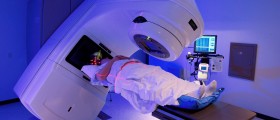

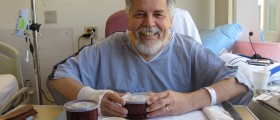
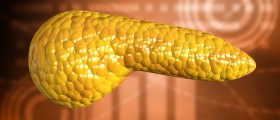
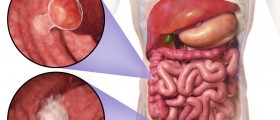
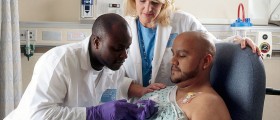
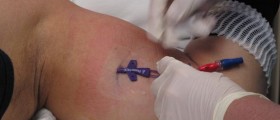
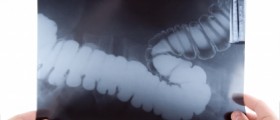
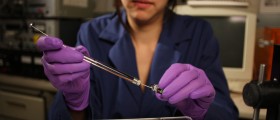





Your thoughts on this
Loading...